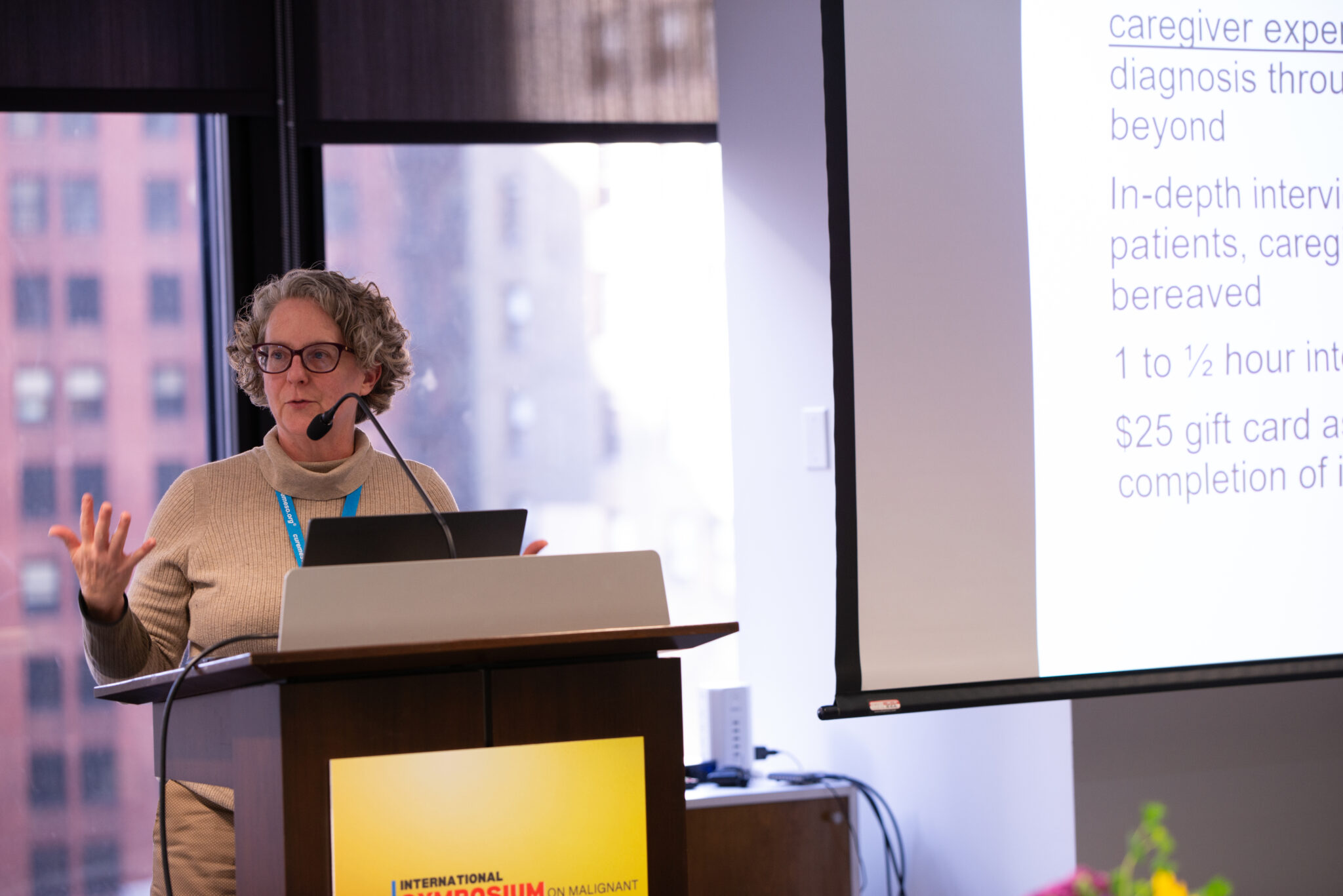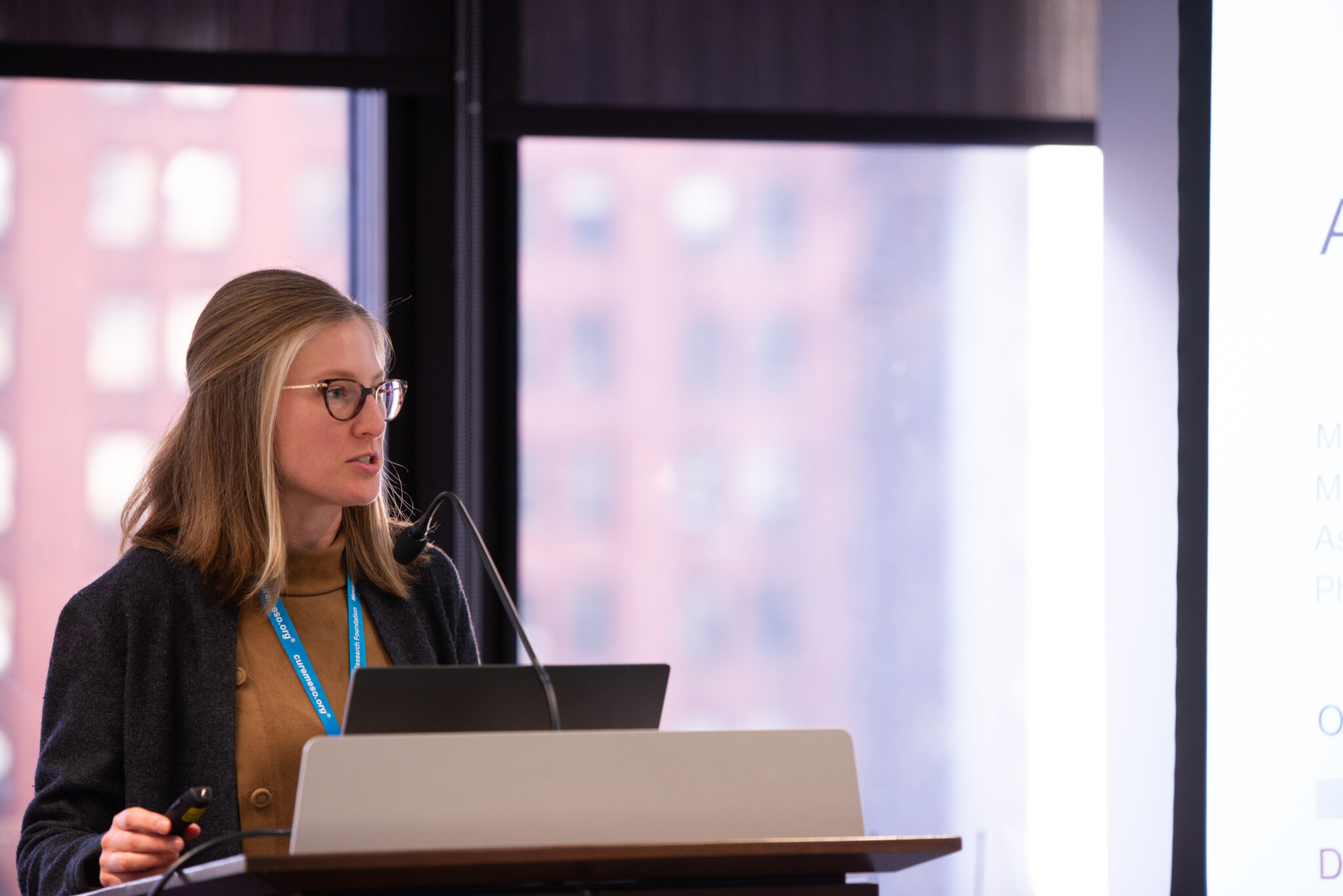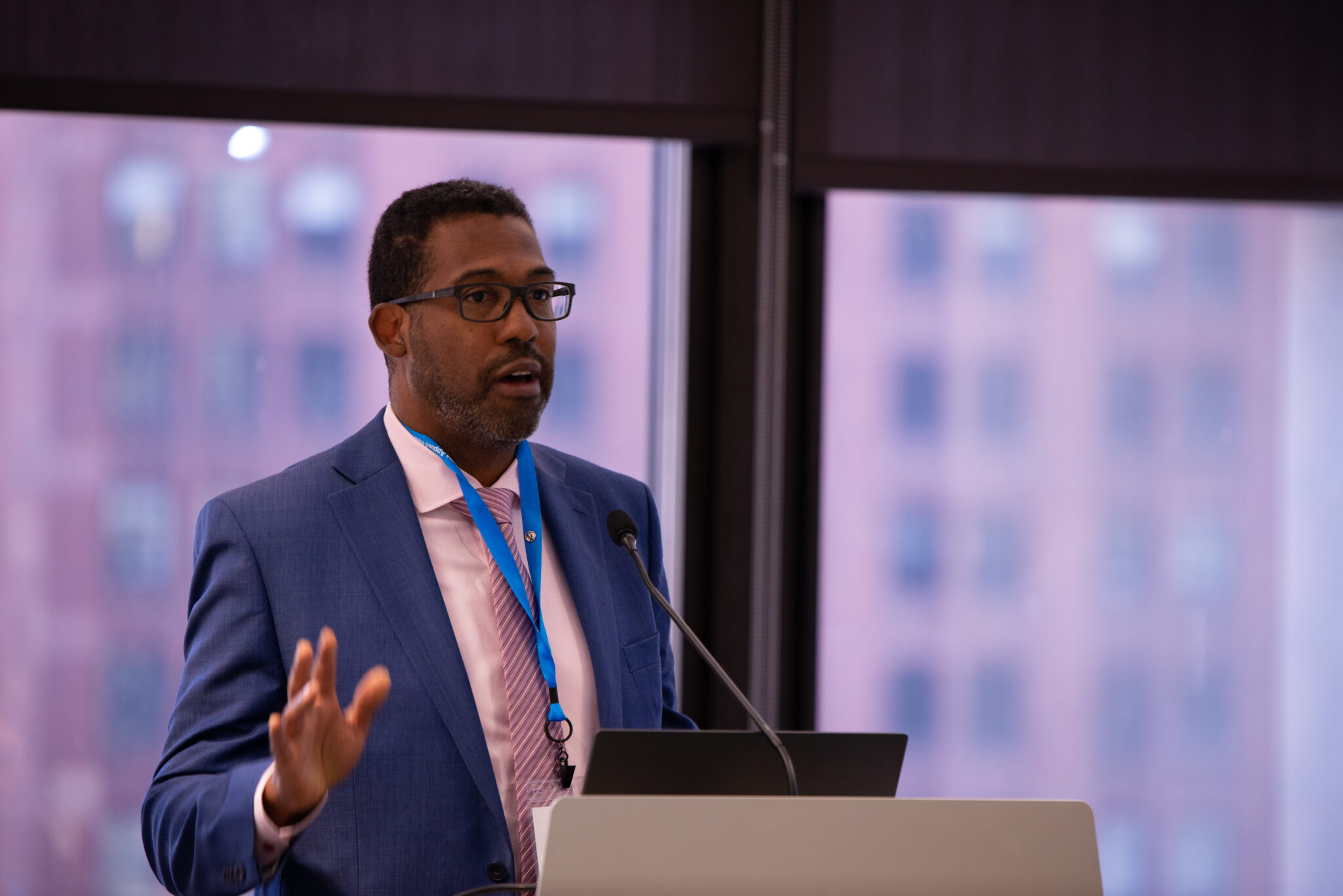by Christopher Graham
I didn’t fully appreciate the impact of the chemotherapy until I came back from my treatment break. I knew the belly pain and nausea I had in the post-operative period were related to the surgery and chemotherapy, but I had the relative attributable proportions exactly backwards. The doxorubicin hurt so badly I couldn’t actually stand up straight. I was hobbling around my apartment hunched over like Quasimodo for most of the week. It hurt to lie flat on my back from stretching my abdomen too much. Up to that point, I thought the vast majority of the abdominal pain and discomfort was related to the surgery, but that’s not the case at all. But the pain improved over the week, and soon enough, it was the next Monday, and it was time to get reacquainted with another dear, dear friend of mine, carboplatin.
I was much more apprehensive about getting the carboplatin again, particularly now that I suspected that a lot of the general malaise I had been feeling during the prior chemo sessions was, in fact, likely related more to the chemotherapy than the surgery. I got the carboplatin on a Monday, and, as usual, the day I got it and the next day were relatively okay. But then the vomiting started again later in the week. And it returned with a vengeance.
Since the surgery, I had been dealing with those episodes of bilious vomiting I’ve mentioned throughout the book. I can tell it’s bile because it has a sticky, slightly viscous consistency, like thin motor oil, and it sticks together as it comes out. It started a few days after I was discharged, actually, and I assumed it was a manifestation of my sudden lack of a gallbladder[ref]Sometimes when you take people’s gallbladder out, they get something called “post-cholecystectomy syndrome.” Basically, people can get bile-induced vomiting or diarrhea. Here’s the deal. The bile is made in the liver, but stored in the gallbladder. When you eat, particularly fatty foods, the gallbladder contracts, and dumps bile into the biliary tree which all exits via the common bile duct into the first part of the small intestine, the duodenum. Fine. But take out the gallbladder, and the bile either goes “backwards” into the stomach, or “forwards” into the bowel causing vomiting or diarrhea, respectively. Remember, you could also be one of the of the lucky ones and get both kinds at once. And some people get nothing. How do you know which you’ll be? Take out your gallbladder! I don’t recommend it.[/ref]. And they were bad at first, but it slowly got less and less frequent over time. I assumed this meant my body was adjusting the production of bile, and I also made an effort to eat a consistent amount of fatty foods[ref]The main “job” of bile is to emulsify fat. If you remember way back to high school chemistry or biology, you might recall that some molecules are polar, and some are non-polar. Water is very polar (one side has a relative (+) charge and the other has a relative (-) charge). Fat is non-polar. Well, it turns out that substances with different polarities don’t like to mix or dissolve – oil and water. Bile is a molecule that has both a polar side and a non-polar side, so it helps the fat in your food mix with water, and helps the fat molecules separate from themselves, which increases the surface area available for your body to absorb and digest it. Anyway, eating a bunch of fatty foods increases your production of bile.[/ref] in my diet. The episodes of vomiting had started slowing over the course of four or five months, and by the time I was on my chemo holiday, they were only happening once every couple weeks or so. A few days after I got the carboplatin, the vomiting was back, and it was making up for lost time. Starting late Thursday night and early Friday morning, I had six or seven separate episodes of vomiting over the span of as many hours. A few of them came on so quickly that I wasn’t sure if I was going to make it to the bathroom on time.
After a while, though, you start to wonder where all the stuff is coming from. Haven’t I emptied my entire stomach, like, five other times now? Where is all of this stuff coming from? And when will it stop? Dear God, please make it stop. It hurts so much. Your throat is incredibly sore just from the stomach acid, and it makes your mouth and breath taste awful. After a while, your stomach starts to hurt, too, from all of the violent contracting it’s doing to propel everything back up. Then it starts to hurt even deeper than that, way down in the pit of your gut. I suspect that’s actually just tired abdominal muscles being overworked. The whole ordeal is also something that’s fairly stressful on your body, too, so I would also break into full-body sweats when this happened. It would be so bad sometimes that the sweat was literally dripping off of my brow and my clothes got wet, sometimes to the point of my needing to change.
And when you add all those things up, you just feel awful. I remember sitting on the floor in the bathroom that weekend for a time, slowly rocking back and forth next to the toilet after having “completed” the latest barfing session, and begging no one in particular, out loud, to make it stop. Even though I still felt overwhelmingly nauseated, I really didn’t know if I could handle throwing up again. I didn’t think I could take the pain of it again. It didn’t matter, of course. I was strapped in for the ride, and there was no getting off until the ride was over. Please keep all hands and feet inside the vehicle until the stomach spasms have come to a complete stop. I threw up a couple more times before I finally “got it all out,” and crawled back to bed.
I took a bunch of nausea medicine. Thankfully, those tablets come in an oral dissolvable form. Kinda like a mini-Altoid that helps you stop blowing chunks. One of the other tricks the oncologists have up their sleeve is to add a medication called lorazepam[ref]Trade name Ativan. It’s a benzodiazepine like Xanax, or valium, or versed.[/ref] onto the nausea regimen. I hadn’t actually heard of that particular combo before I talked to the oncologists, but they’re really effective together. And, even though they don’t taste very good, you can dissolve them in your mouth too. That’s a pretty handy trick when your body is actively trying to turn itself inside out from ralphing so much. You don’t keep oral meds down very well in that kind of situation.
So, I doubled up on the nausea medicine, and I took two lorazepam to boot. I went almost an entire hour without throwing up. I actually got some sleep, finally! And while in this sleep-deprived, medicated, and generally ill-feeling state, the gears started turning in my brain. What’s better than a little bit of a good thing? More of that good thing, right?! So I took a couple more Ativan. I was sleeping and the nausea was gone. It was fantastic! So about an hour later, when I had to take my last nausea[ref]My insurance is actually pretty good, but they only give out 9 nausea pills at once. To a guy with cancer. Makes sense.[/ref] pill, and I decided that I was done throwing up for the day, and took a couple more Ativan on top of that.
Well, it turns out that six Ativan was a bit too much. I don’t remember much about that particular weekend. I found out later from Nicole that it had been more like 15 minutes between doses, not hours. I spent almost all of Saturday either sleeping or offering additional sacrifices to the white porcelain altar in the bathroom. Nicole said I was completely out of it and speaking nonsensical gibberish about secret vampires (I have no idea where that one came from), although I was apparently following commands. I was supposed to work during the day on Sunday. Thank God Nicole was able to call one of the other residents on Saturday night for me and get that shift covered. I actually don’t remember anything from that Sunday until late in the afternoon. I slept almost 24 hours that day, and may have been up for 3 or at most 4 hours.
Keep in mind that, during this whole period after the wedding but before the second surgery, I was supposed to be studying for the boards. There was no way I was going to be able to tolerate the chemotherapy and be able to get the kind of studying done that I needed to do, in order to be prepared for this exam. So I called the oncology office the next week and discussed everything with my oncologist. We decided to hold off on more chemotherapy for the time being. A huge part of me was relieved and happy about that. I didn’t particularly want to go through another one of those sessions of utterly uncontrollable, unstoppable vomiting. And, I needed to study. But I couldn’t help but wonder if I was jeopardizing my long-term health, or increasing the chances that I’d end up losing my stomach at the next surgery.
But, I had to pass my boards. I’d come too far, and worked too hard, to give up with the finish line finally in sight. So what was I supposed to do? That decision was my Kobayashi Maru[ref]The Kobayashi Maru scenario is an infamous no-win scenario that was part of the curriculum for command-track cadets at Starfleet Academy in the 23rd century. It is primarily used to assess a cadet’s discipline, character and command capabilities when facing an impossible situation, as there is no (legitimate) strategy that will result in a successful outcome (you can’t possibly still be surprised by all my nerdy references at this point. I hope).[/ref] scenario, and I’ll never know if I did the right thing or not. But that’s life. Sometimes you gotta just drop the proverbial steel orbs on the table and make a decision. So I did. I was going to study, and decline chemotherapy for the time being. Failing the boards was not an option. To this day, I’m still worried that I won’t have enough time to work as an attending and make enough money to provide a safety net for Nicole and our family, before I kick the bucket. Having to extend training by an entire year (or more) was not an option, as far as I was concerned. No, as with nearly every part of this disease and treatment process, there was but one rational course of action: we would press forward.
Read the previous installment by Christopher Graham here: Chapter 7 | Part 2: The Doctor’s Office Waiting Game
Christopher Graham is a radiologist who was diagnosed with peritoneal mesothelioma in early 2016 at the age of 32, two months after he was engaged to his now-wife. He has since undergone two major surgeries, intra-abdominal chemotherapy, and has had many significant complications as a consequence of his treatment. He currently lives in Columbus, Ohio with his wife Nicole and their two dogs. Christopher plans to finish residency and fellowship after treatment, and he and his wife are trying to get their lives back to something resembling normalcy after dealing with such a devastating diagnosis.




